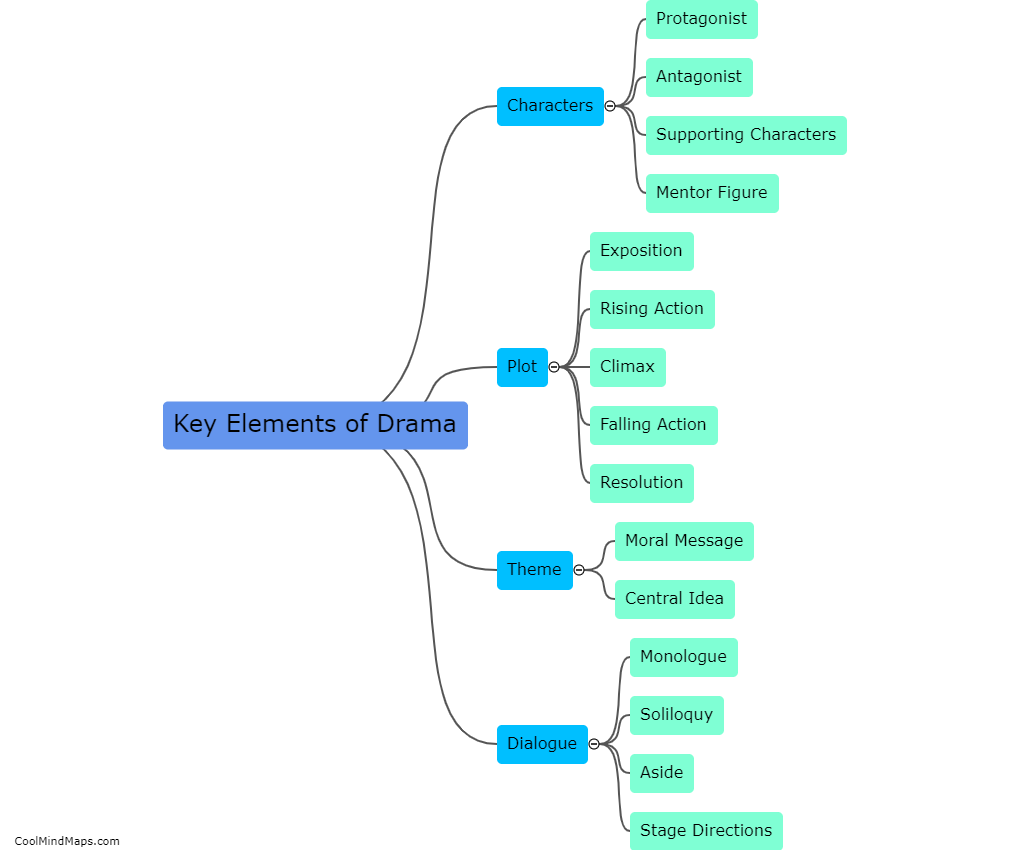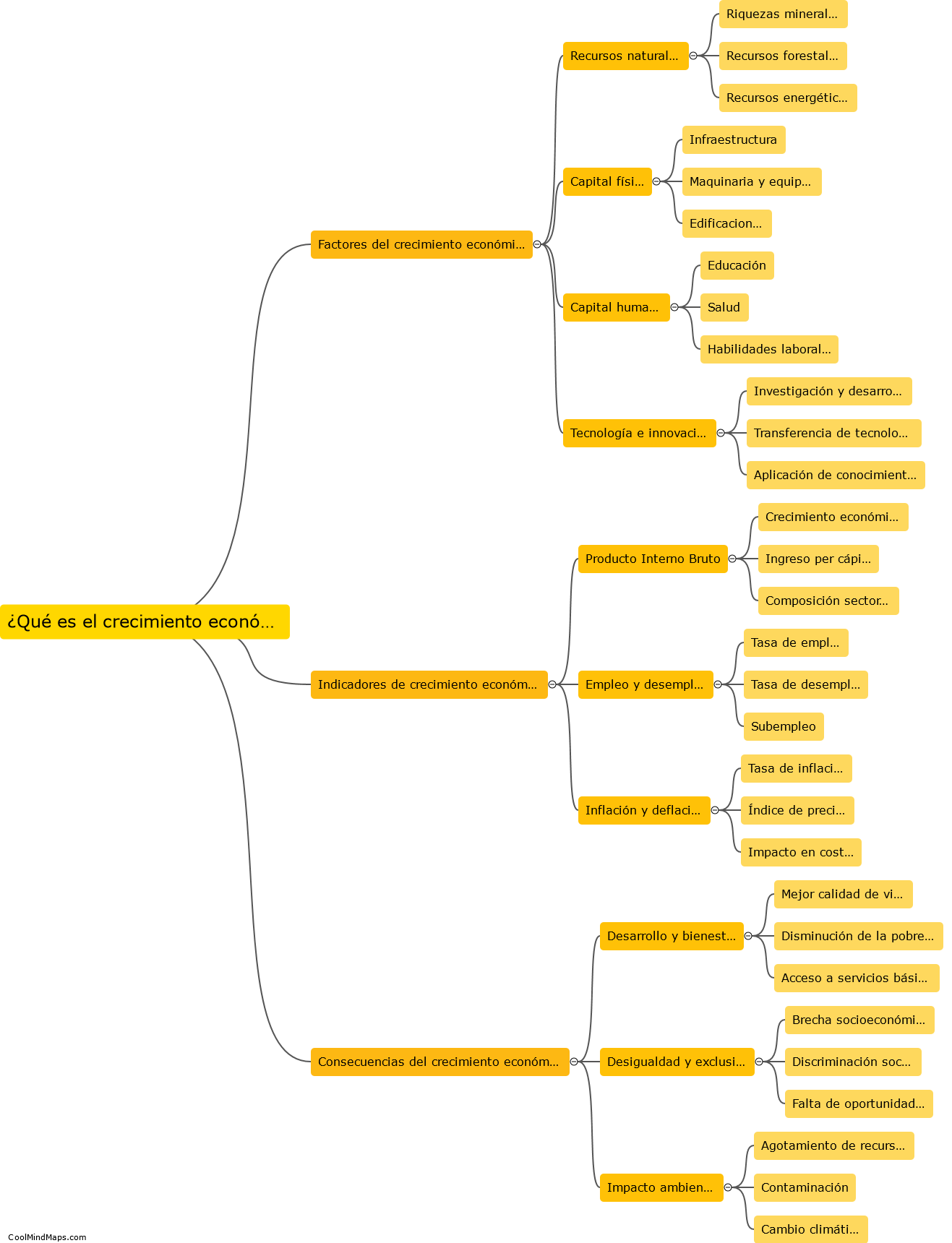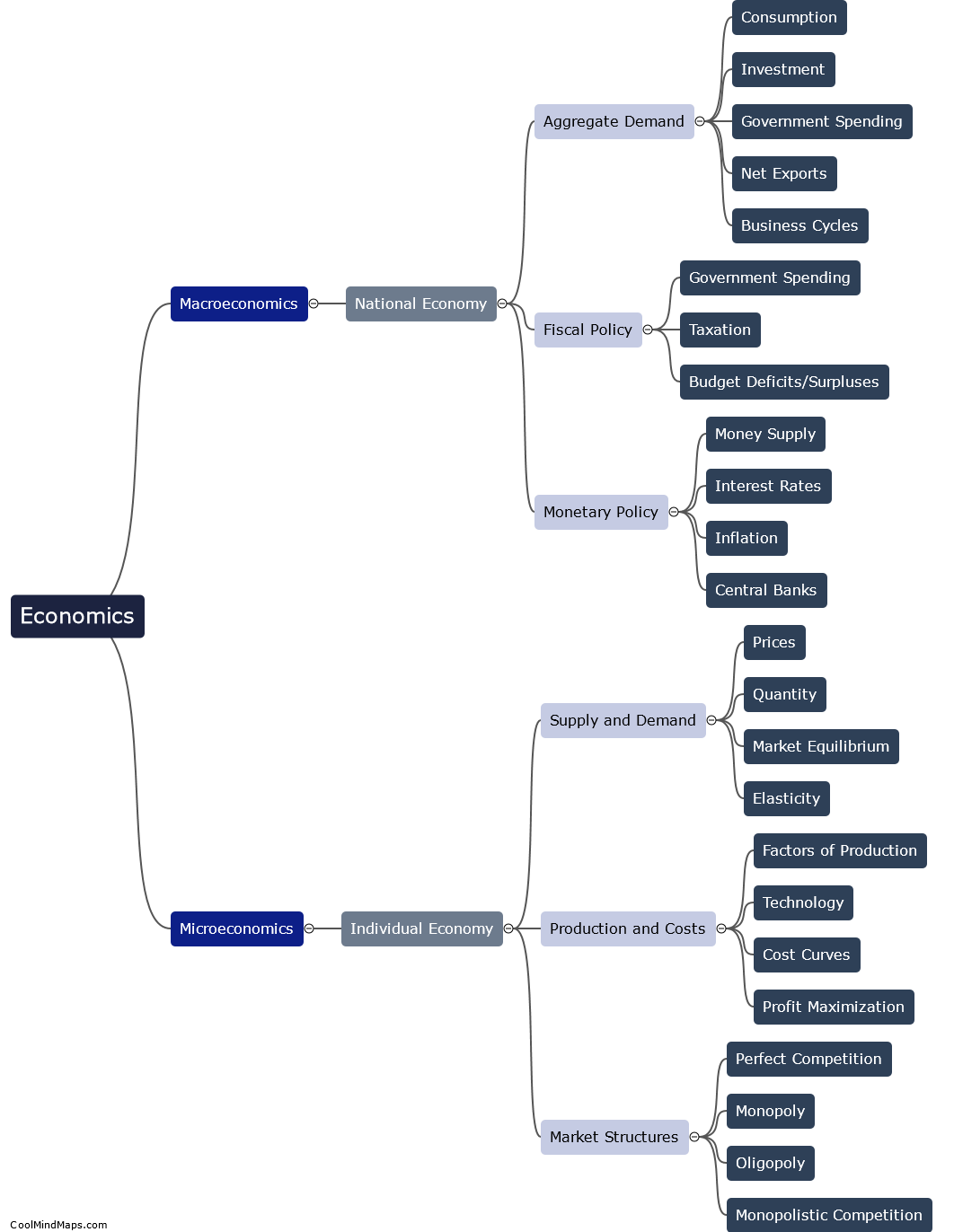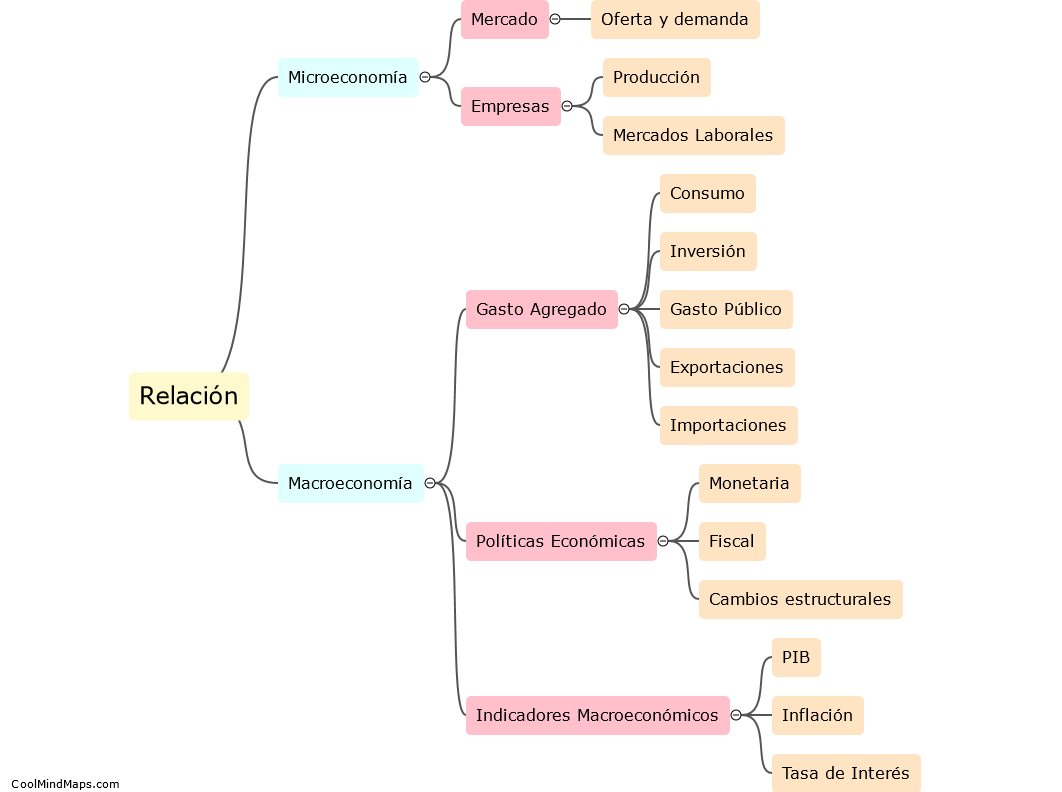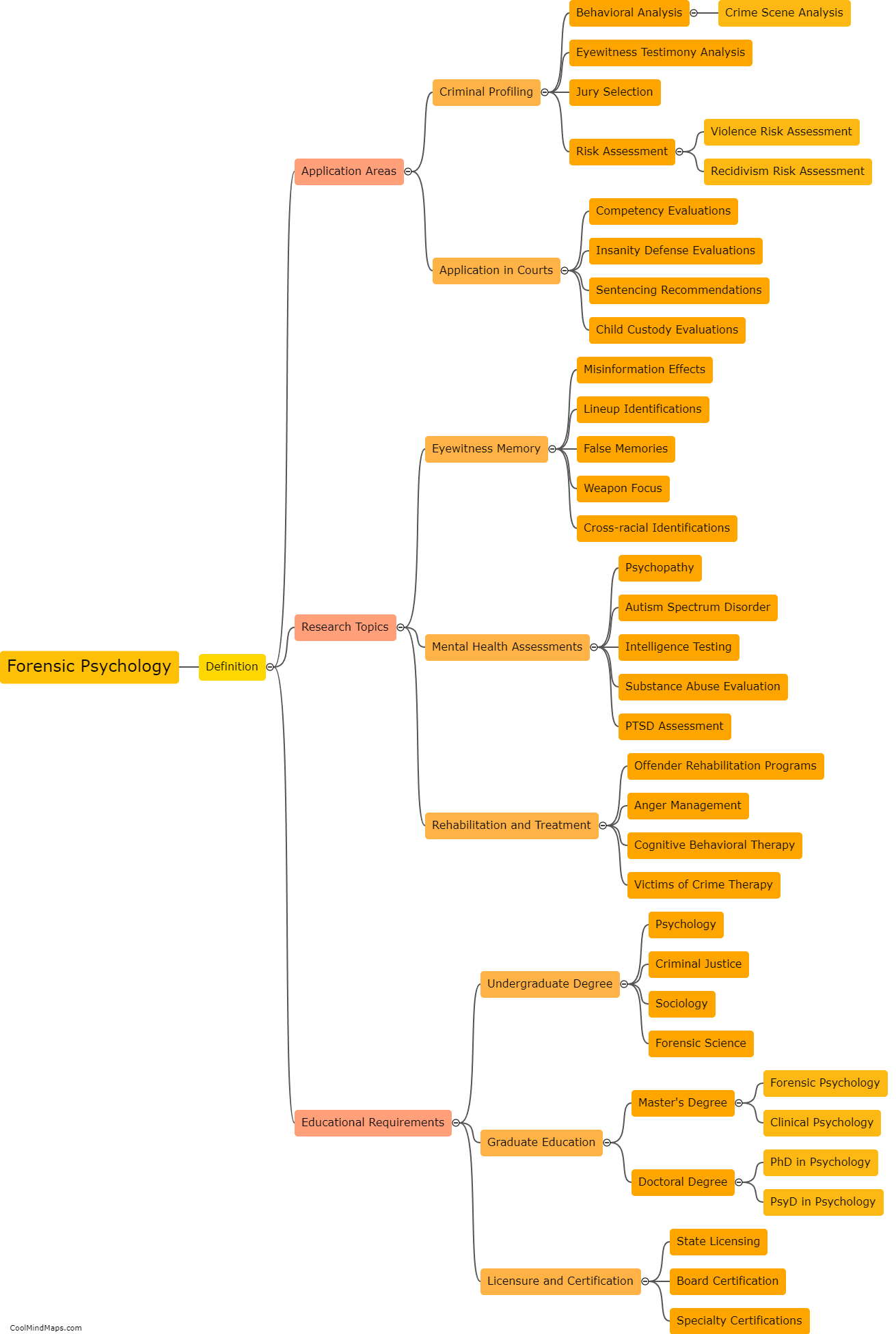What is the process flow for detecting phishing domains?
The process flow for detecting phishing domains typically involves a series of steps aimed at identifying and blocking fraudulent websites. It begins with the collection of domain names, which can be done by various means such as analyzing email attachments, monitoring online forums, or scraping the internet for suspicious URLs. The collected domains are then checked for indicators of phishing, such as spelling errors, fake branding, or deceptive URLs. This is primarily done through automated tools that employ algorithms to flag potential phishing domains. Once potential phishing domains are identified, they go through a manual verification process where experts assess the credibility of the website before labeling it as malicious or safe. The final step involves blocking access to confirmed phishing domains through the use of blacklists or other security measures. Regular updates and collaboration between detection systems and security professionals play a vital role in keeping up with the ever-evolving landscape of phishing attacks.

This mind map was published on 24 September 2023 and has been viewed 103 times.



